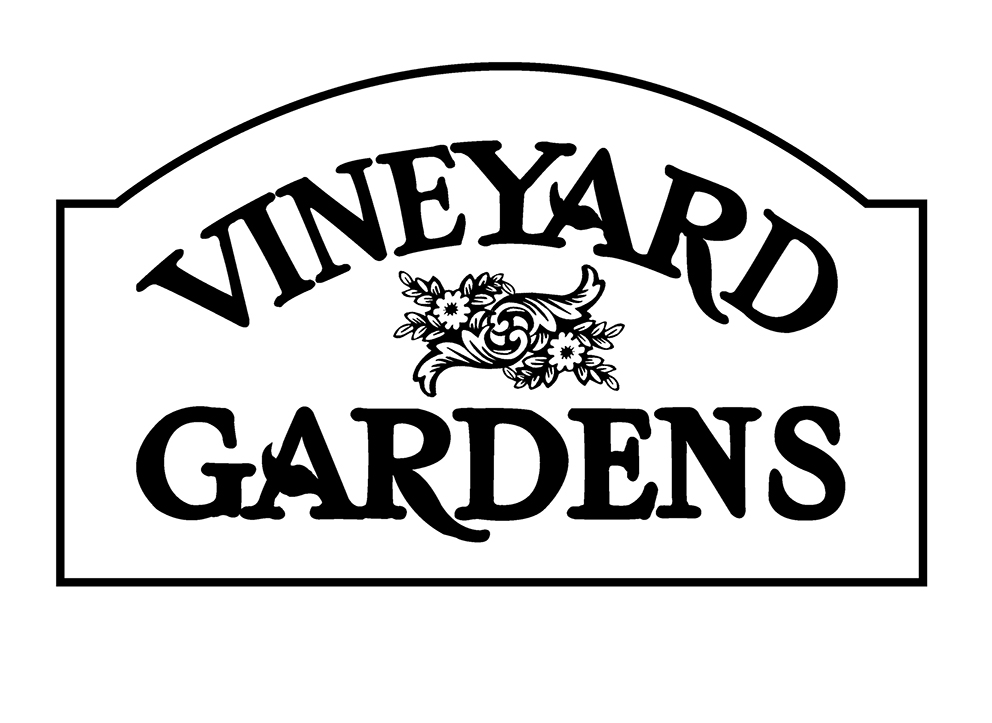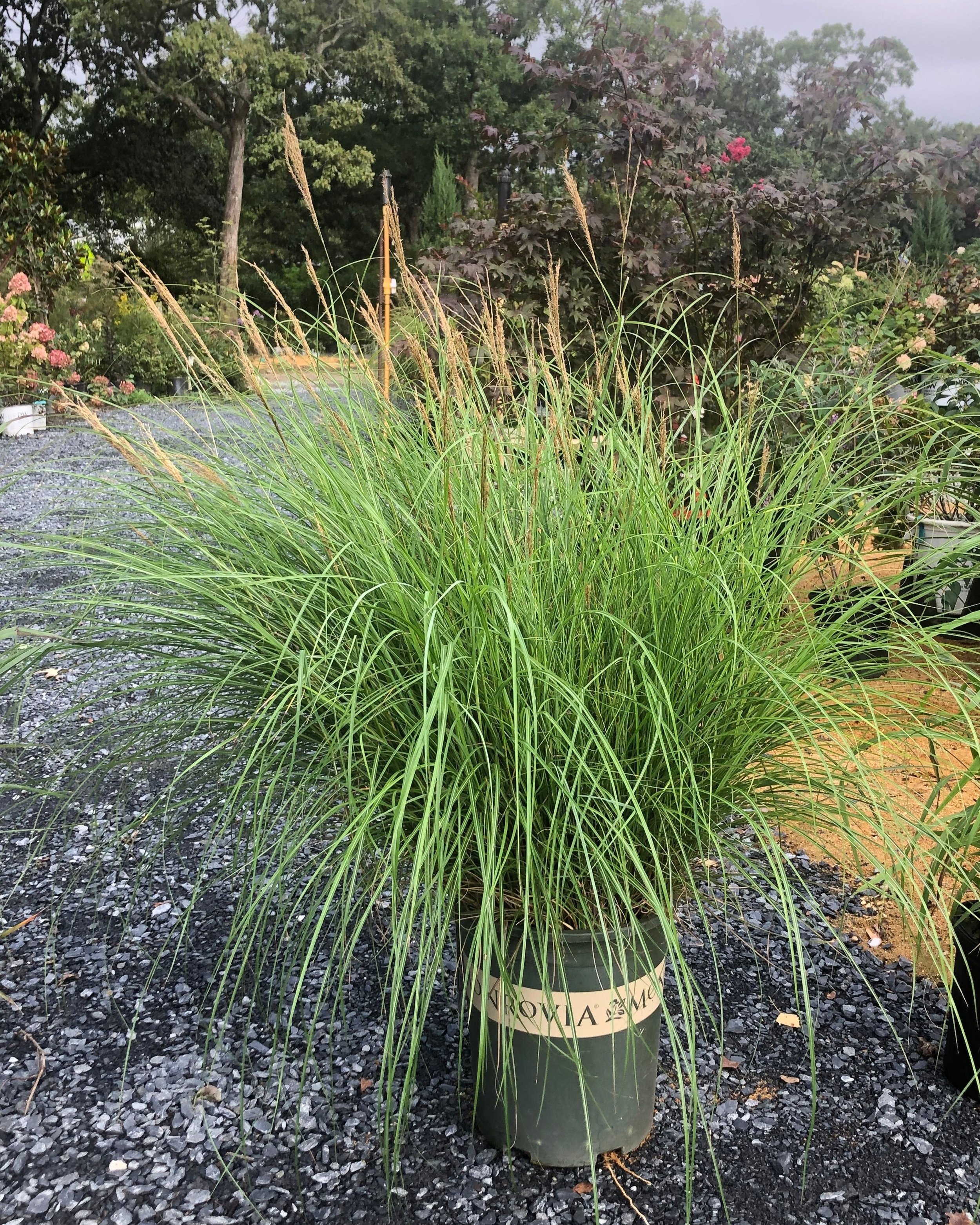March Gardening Tips
Vineyard Gardens Landscaping is available to help with your gardening needs!
*******************************************************************
PRUNE
Its a good idea to sterilize the pruning shears with a 10% bleach solution to avoid passing diseases from cut to cut
Good time to prune fruit trees, raspberries and grape
Grapes should be pruned now before the weather warms up as they will “bleed sap” if done during warmer weather
Fruit trees should be pruned now to maintain healthy branch structure and to reduce the total number of fruits per branch. If a branch has too many fruits they will tend to be small and often fall off. If allowed to reach maturity the branch could break from too much weight.
It’s easier to see the branch structure before the plant leafs out. Remove damaged or crossing branches, and especially for fruit trees waterspouts which are small branches growing straight up through the tree.
Prune any trees damaged by winter storms
Prune PG Hydrangeas but Not macrophyllas
Prune Crape myrtles and any late season blooming plants, like hypericum, caryopteris
SPRAY
One spray to prevent Peach leaf Curl (Sulfur or Copper based fungicides). Peaches should be sprayed with a lime sulfur solution which is organic and highly efficient at stopping peach leaf curl, a very common disease that weakens the tree.
GARDEN CLEANUP
If you haven’t cleaned up your garden beds definitely do it now
DESIGN
Plan and design your plantings and garden beds
TOP DRESS
Add a 1-2 inch layer of compost, rich in organic matter, over the top of your garden beds. Plants will come up right through it. The organic matter in compost is already broken down. The nutrients will slowly leach down with the spring rains and be available to be up taken by roots when plants are ready to grow. Do not use mulch as a top dressing as the larger bark chunks rob the soil of nitrogen in the breakdown process. If you are going to mulch on top of the top dressing of organic matter, spread some fertilizer under the mulch to supply nutrients for decomposition. For new beds or vegetable gardens waiting to be planted you can add more than 1-2 inches of organic matter on top, or the organic matter can be rototilled in, mixing it a few inches into the soil.
Top dressing bulb areas and lightly fertilize bulb areas before they come up any further
Top dress your veggie garden
Its still a bit early to fertilize as the plants aren't actively taking up nutrients and with a lot of rain the fertilizer could leach or run off instead of being used by the plants.
SEEDLINGS
Start cool weather seedlings indoors to be planted out by the end of March or beginning of April
Later in the month start your warm weather seedlings indoors. These will get planted out in May
There is still time to order flower and vegetable seeds
Do not work wet soil in vegetable gardens as that leads to compaction the last thing you want to happen to your soil





























